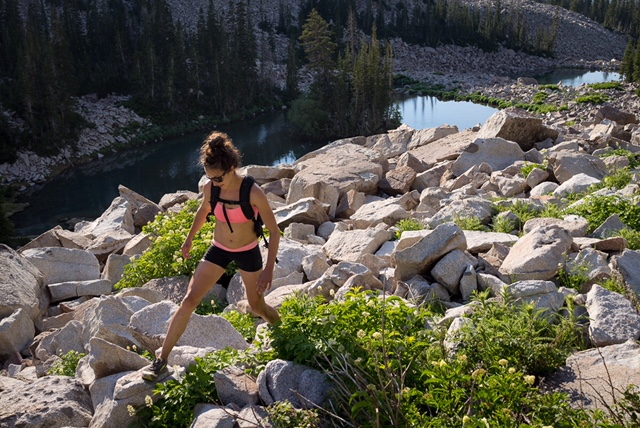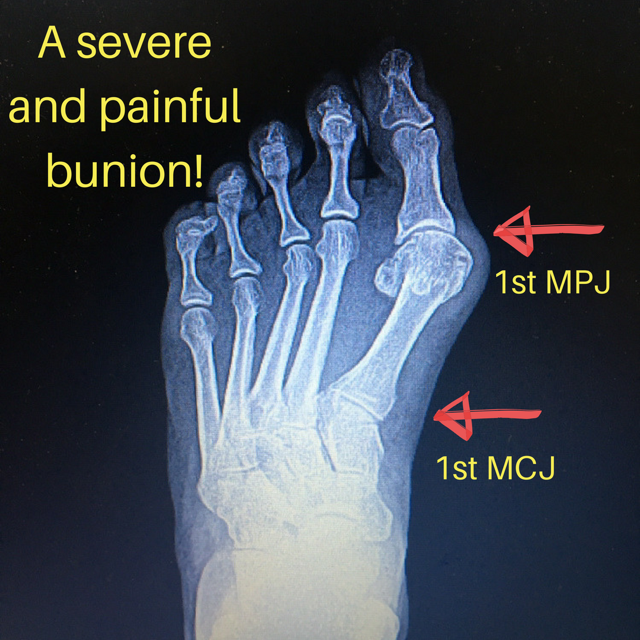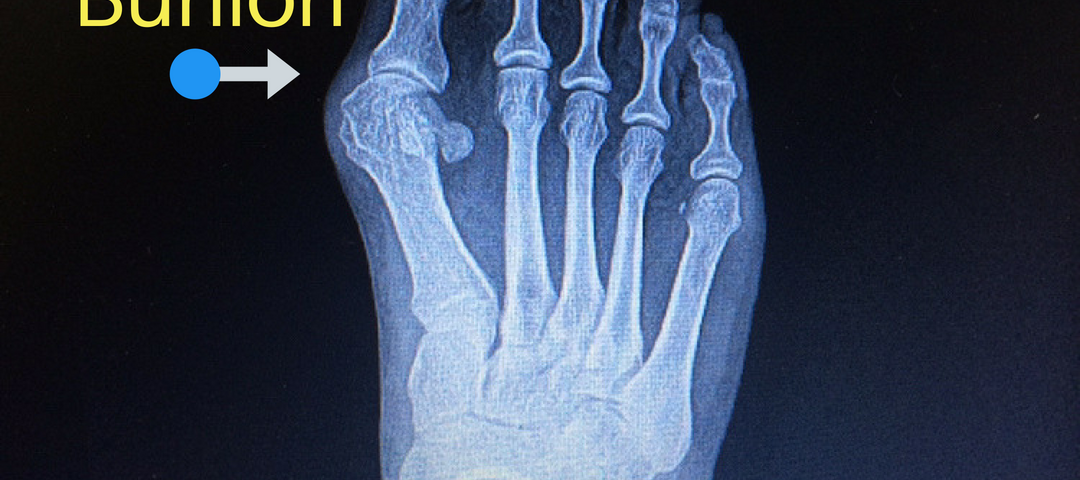
Startup Guide to Trail Running
June 27, 2018
Should You Have Bunion Surgery?
June 28, 2018How To Manage Your Bunions Without Surgery
A common question that I get asked daily in my practice is “how can I prevent or treat my bunions without surgery?”
Before I dive into an explanation about preventing and treating bunions, it is important to understand what a bunion is.
What is a bunion?
I have patients present to my clinic with various bumps on their feet, which they perceive are bunions. Often times, these bumps are in an entirely different location than a bunion. Needless to say, the management for these patients will be different. An initial consult with a foot specialist can provide a correct diagnoses and set you on a path for appropriate treatment.
Bunions are deformities that are visible at the first metatarsal phalangeal joint. This joint is located at the base of your great toe. Patients with bunions notice that their great toe points towards their second toe. They will also notice a large bump protruding from the inside of their forefoot. This bump is the deviated first metatarsal head. The apex of the bunion deformity occurs at the first metatarsal cuneiform joint. When evaluating bunions, the first metatarsal cuneiform joint is checked for hypermobility. This joint must be addressed when planning surgery.
The severity of a bunion deformity can vary. Some bunion bumps look far more obvious than others. Not all bunion deformities are painful. I’ve seen very large bunions that cause absolutely no pain. Likewise, I’ve seen mild bunion deformities that are quite debilitating. Nevertheless, regardless of the bunion severity, early diagnosis is key. From there, measures can taken to prevent progression of the deformity.
Accommodative shoe gear, bunion strapping, and custom orthotics can prevent the progression of a bunion deformity. These conservative measures can also minimize the discomfort of a severe bunion deformity. I instruct patients to modify their activities to minimize bunion discomfort. This can be as simple as opting to hike on a smooth gravel trail rather than a technical trail covered with jagged rocks.
What are the best kinds of shoes for bunions?
Avoid tight fitting shoe gear with narrow toe boxes. I recommend athletic shoes with wide toe boxes (i.e Altras, New Balance, or Topos).
Will extra cushioning for in my shoes alleviate my bunion pain?
Cushioning can alleviate bunion pain, especially when walking on rocky terrain. There is a rotational component to bunion deformities, which shifts the sesamoid bones and soft tissues structures of the metatarsal phalangeal joint laterally. When pressure is applied to these malrotated structures, they can be quite painful. Cushioned shoes can decrease the pressure on these structures.
Should the shoes be stretchable?
The shoe upper should be stretchable to decrease pressure on the prominent bunion bump. Also check the inside of the shoe for any seams. A seamless, stretchable upper is ideal.
Would an orthotic help my bunion?
I will always prescribe an orthotic for patients who present to my office with a bunion deformity. The pathomechanics of bunion formation begins at the rearfoot. Orthotics achieve stability of the rearfoot, and this can prevent worsening of the bunion deformity.
What kinds of shoes should I avoid wearing?
Supportive shoes with orthotics are best for bunions. Nevertheless, there will be special events that warrant you to wear dressier shoes. Let pain be your guide when choosing shoes to keep your feet happy during these occasions.
High heels will increase the pressure on your forefoot and cause your bunion to ache after a few hours. The same can be said about flats with narrow toe boxes, or sandals with straps that press on your bunion. Sizing up when purchasing dress shoes can be helpful. Also keep in mind that if a shoe hurts the moment you put it on, it’s not going to be any less painful after standing in it for hours.
Is there a way to prevent/treat bunions in kids?
The best way to prevent bunions in kids is to avoid tight fitting shoes. Kids should be running around barefoot or in minimalist shoes to achieve optimal biomechanics. If a child presents with a bunion deformity, I always start with conservative treatment, such as an orthotic and shoes with a wide toe box.
When treating kids, it is important to recognize a flat foot deformity at an early age. If the flat foot deformity is not addressed, this can lead to bunion formation in later years.
I prescribe foot and ankle strengthening exercises for my pediatric patients who present with flat foot deformities. I also prescribe glute strengthening exercises to help externally rotate hips, and hence everything downstream.
There are cases when pediatric bunions don’t get better with conservative care. In these cases, there are surgical procedures that can correct their bunion deformities.



